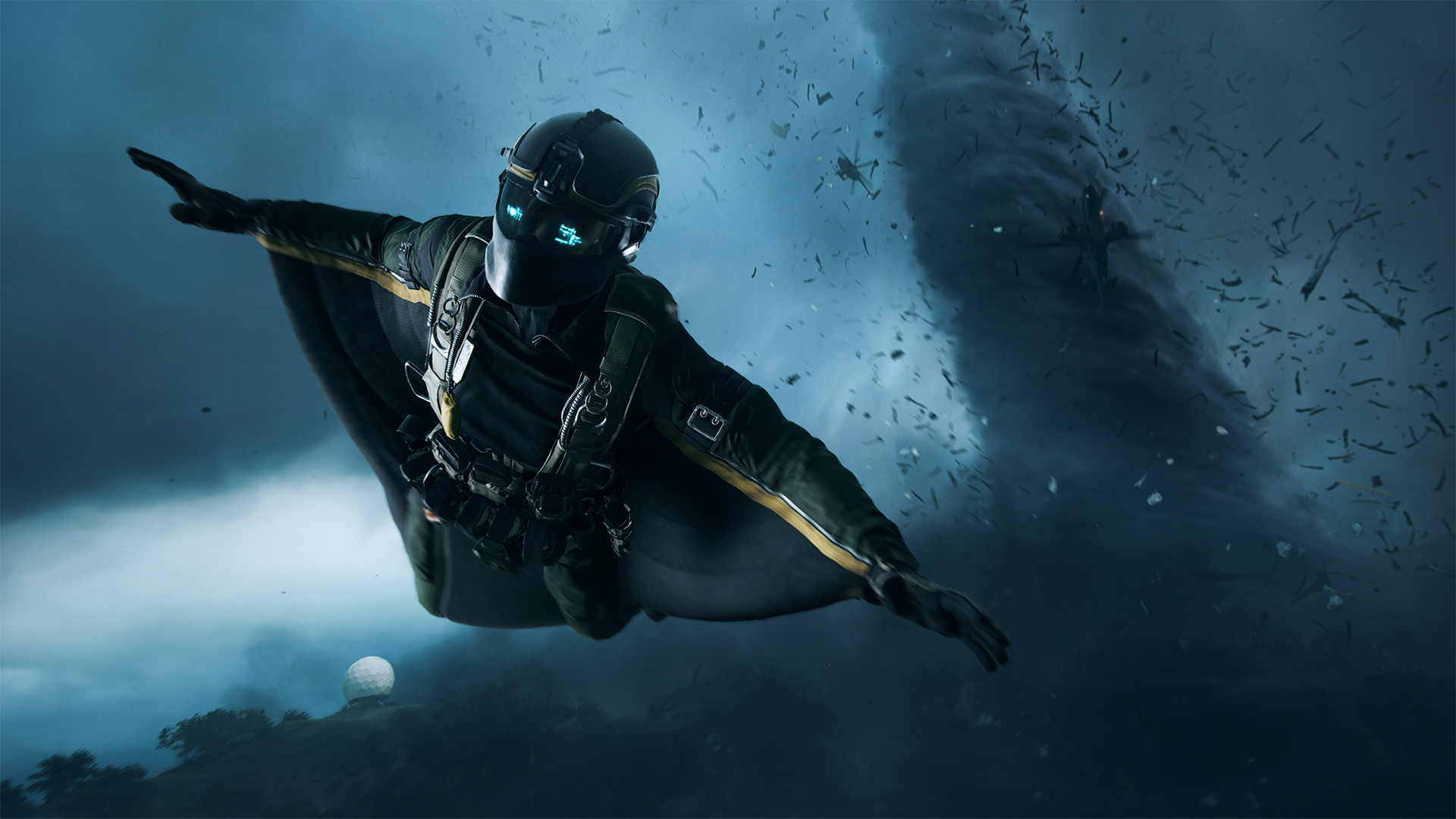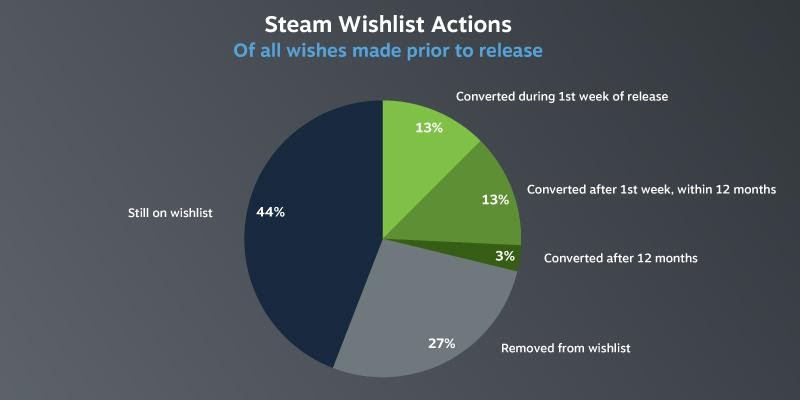Most often, developers present their games at summer exhibitions like E3 or their own events. In his new column, gaming expert Simon Carless told how such events affect the growth of the number of vishlist, and what percentage of them are converted into purchases.Carless notes that the following criteria will help to track the effectiveness of participation in a certain exhibition or other online event:
- the total number of simultaneous viewers — this metric can clearly show the interest of users, but it can be very difficult to track due to the larger number of streaming platforms;changes in the number of subscribers in social networks and Discord, as well as upvotes on Reddit — the analytical service Fancensus, for example, tracks user interest in games after such presentations based on the number of reactions in the press, social networks and other sites;
- the growth in the number of vishlist and subscribers on Steam — according to Carless, this is the most obvious metric when it comes to PC games.
- The degree of influence of exhibitions on the number of vishlist can be traced by the example of E3 2021.
It all depends on the size and popularity of the event during which developers show their projects. Carless breaks all showcases into three main groups:
- modest (Indie Live Expo, Wholesome Direct, etc.) — such events can provide 250-1500 vishlists on the day of participation, after which their number will decrease;average (Day of the Devs or a small feature within the PC Gaming Show) — here we can talk about 3000-7000 vishlists on the day of participation;
- large (Xbox/Bethesda conferences, Summer Game Fest, etc.) — games presented at such events can receive around 15-50 thousand vishlists.
- Speaking of vishlists, it is worth considering their impact on the number of subscribers to the game on Steam — i.e. people who want to receive all the news and updates on a specific project.
According to Carless, on average, there is 1 new subscriber for every 9.5 vishlist.
However, after participating at E3 or other events, the ratio will already be 20-25/1. For example, immediately after the announcement of Battlefield 2042, 57 thousand people subscribed to the game page on Steam. Based on this, it can be assumed that on the very first day it was added to the wish lists of over 1 million users.
At the same time, not all vishlists are converted into purchases. According to Valve data obtained by GamesIndustry.biz, on average, 44% of users leave the game on the wishlist after the release, and 27% of players delete it from the wishlist altogether. Only 13% buy the “desired” titles in the first week after release.
What Steam users do with vishlists after the release of the gameCarless also notes that the majority of vishlists received after exhibitions are a much more casual audience compared to users who find and add games organically.
This is due to the fact that viewers of such events see a large number of titles and often add them to their wish lists so as not to forget about them.
According to Carless, the Steam core audience can be divided into two main categories, depending on how exactly they add games to the vishlists.
The first group adds only those games that they really want to buy. Usually, such users have no more than 30 titles in their wish list. The rest use a more chaotic approach and use vishlists as bookmarks — some of these players may have hundreds of projects on their wish list at the same time.
Participation in exhibitions leads to the growth of “chaotic” vishlists, which are much less likely to be converted into purchases. “Despite this, getting 5,000 vishlists, which will be 50% or 33% less effective than organic vishlists, is still better than not getting them at all,” Carless sums up.


